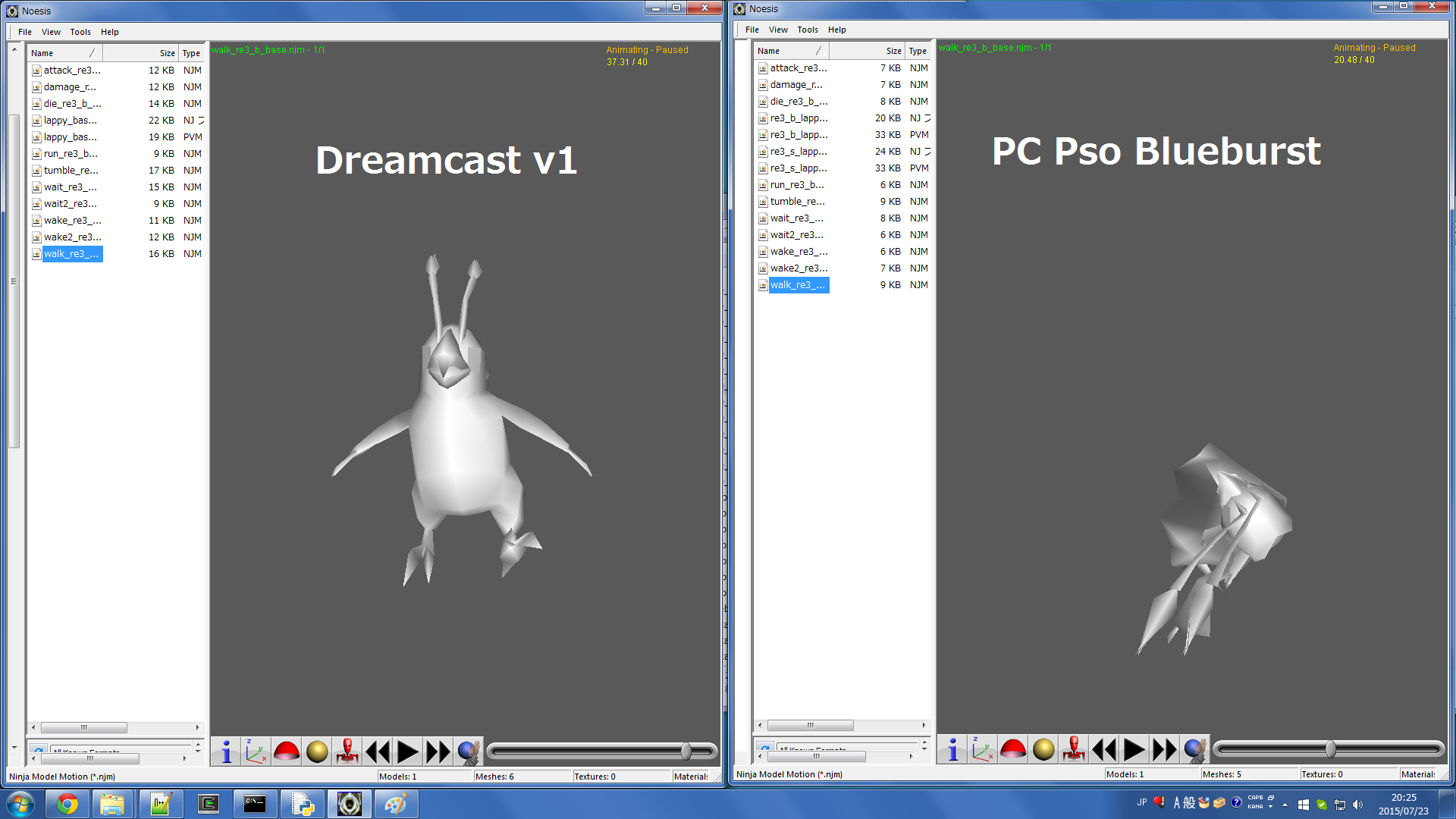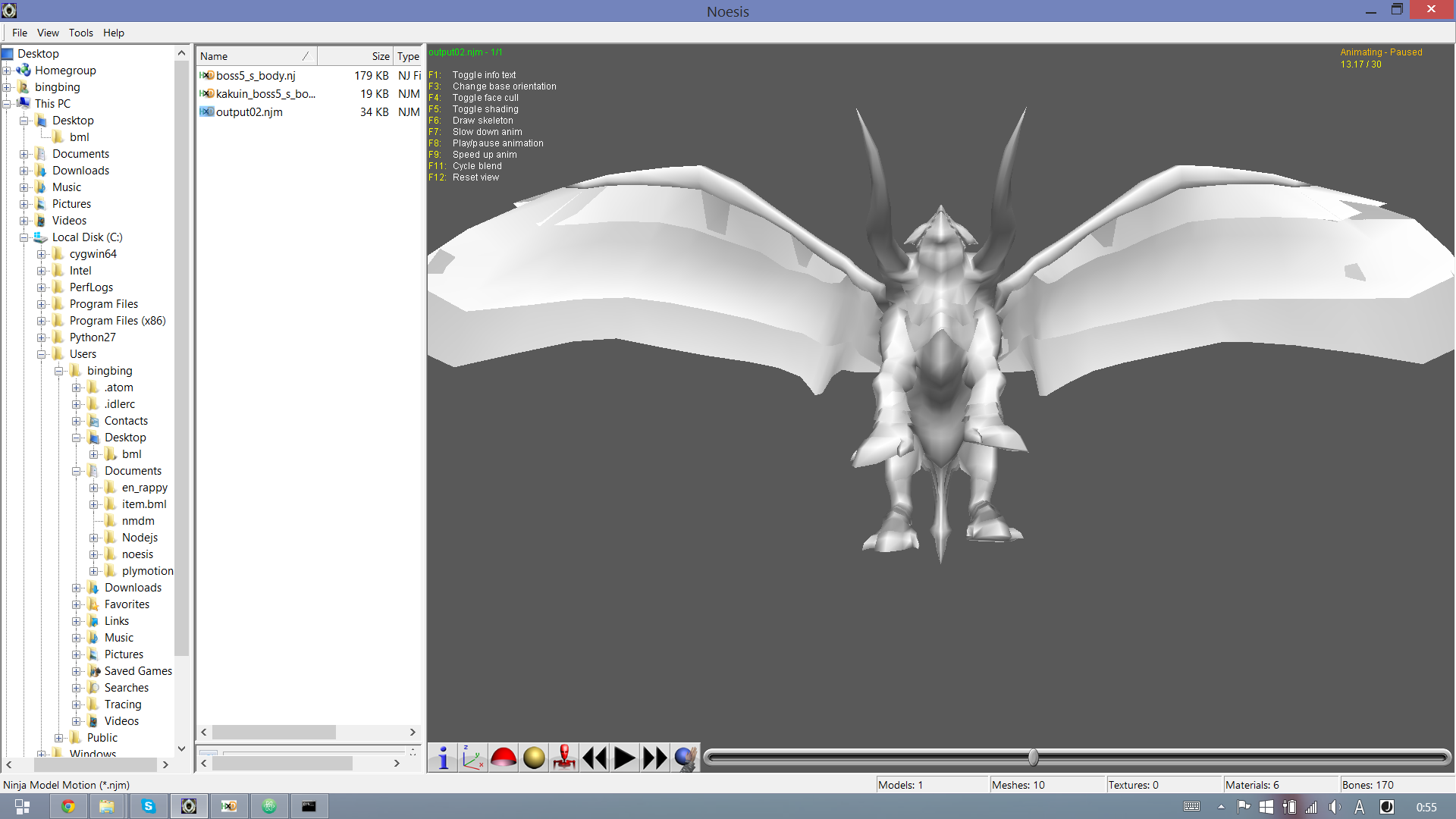[ { pointer: 44, unkown1: 0, frames: 39, unkown2: 0 },
{ pointer: 668, unkown1: 0, frames: 18, unkown2: 0 },
{ pointer: 956, unkown1: 0, frames: 35, unkown2: 0 },
{ pointer: 1516, unkown1: 0, frames: 40, unkown2: 0 },
{ pointer: 2156, unkown1: 0, frames: 30, unkown2: 0 },
{ pointer: 2636, unkown1: 0, frames: 35, unkown2: 0 },
{ pointer: 3196, unkown1: 0, frames: 39, unkown2: 0 },
{ pointer: 3820, unkown1: 0, frames: 38, unkown2: 0 },
{ pointer: 4428, unkown1: 0, frames: 40, unkown2: 0 },
{ pointer: 5068, unkown1: 0, frames: 38, unkown2: 0 },
{ pointer: 5676, unkown1: 0, frames: 38, unkown2: 0 },
{ pointer: 6284, unkown1: 0, frames: 40, unkown2: 0 },
{ pointer: 6924, unkown1: 0, frames: 39, unkown2: 0 },
{ pointer: 7548, unkown1: 0, frames: 37, unkown2: 0 },
{ pointer: 8140, unkown1: 0, frames: 40, unkown2: 0 },
{ pointer: 8780, unkown1: 0, frames: 40, unkown2: 0 },
{ pointer: 9420, unkown1: 0, frames: 38, unkown2: 0 },
{ pointer: 10028, unkown1: 0, frames: 40, unkown2: 0 },
{ pointer: 10668, unkown1: 0, frames: 33, unkown2: 0 },
{ pointer: 11196, unkown1: 0, frames: 40, unkown2: 0 },
{ pointer: 11836, unkown1: 0, frames: 40, unkown2: 0 },
{ pointer: 12476, unkown1: 0, frames: 40, unkown2: 0 },
{ pointer: 13116, unkown1: 0, frames: 40, unkown2: 0 },
{ pointer: 13756, unkown1: 0, frames: 35, unkown2: 0 },
{ pointer: 14316, unkown1: 0, frames: 40, unkown2: 0 } ]


